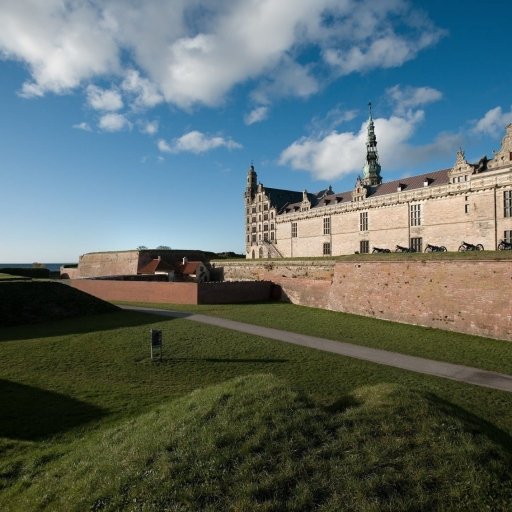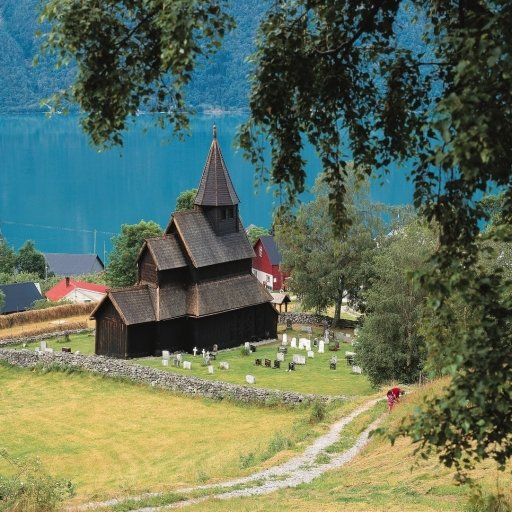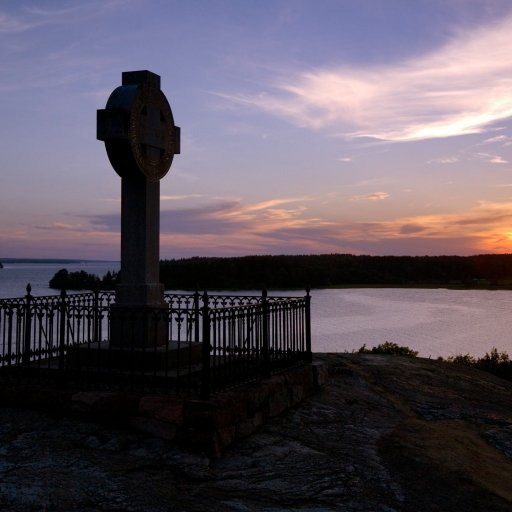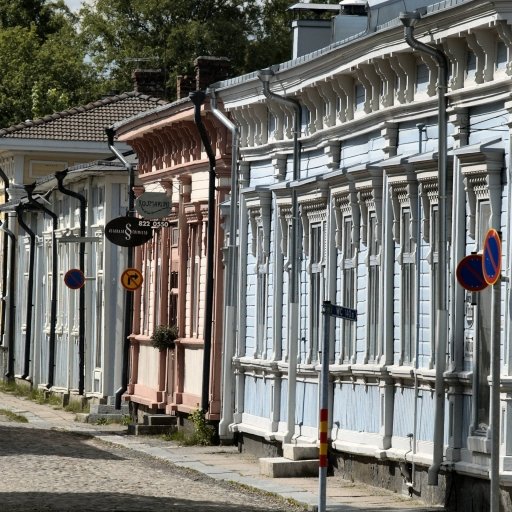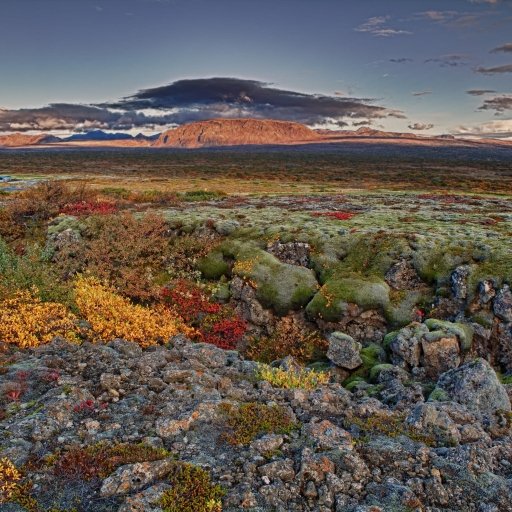The Struve Geodetic Arc
Stretching from Hammerfest in Norway to Black Sea, The Struve Arc is a chain of survey triangulations through 10 countries and over 2,820 km.
Between 1816 and 1855 the Struve Geodetic Arc was laid out by the German astronomer Friedrich Georg Wilhelm Struve, and the aim was to determine the size and the shape of the earth. This work represented the first accurate measuring of a long segment of a meridian. It helped to establish the exact size and shape of the earth and was an important step in the development of earth sciences and topographic mapping
Seven of the points at the Struve Geodetic Arc is in Sweden
Seven of the station points are situated in Sweden and four of them are parts of the UNESCO world heritage site. You find those points located to the mountains Tynnyrilaki, Pullinki, Jupukka and Perävaara in the municipalities of Kiruna, Pajala, Haparanda and Övertorneå.
The original arc consisted of 258 main triangles with 265 main station points. The listed site, which stretches through 10 countries and over 2,820 kilometres, includes 34 of the original station points and it goes from Hammerfest in Norway to Izmail by the Black Sea. In the Nordic countries, you find the points in Norway, Sweden and Finland and the northernmost point of the Arc are located near Hammerfest in Norway.
The Struve Arc became a member of Unesco World Heritage in 2005.
